It’s fair to say that landscape architects and garden designers like to talk an awful lot about the bone structure of a garden. Not that they literally mean high cheekbones, the perfectly tip-tilted nose, or a sculpted jawline. Instead, they’re referring to those qualities of a garden’s design that help it to look good no matter what the time of year. For example, beautiful, expertly constructed pathways. A well-groomed hedge. Handsome walls. A perfectly positioned, well-chosen specimen tree. Timeless paving. Plus an attention to scale and proportion, and an understanding of space that includes a nod to the notion of the golden mean or golden ratio, sometimes also known as the theory of divine proportion.
Of course, in truth not many gardens fully live up to these exacting standards. Real life is too messy and too complex, while the challenges of creating a garden that embodies these lofty ideals can for many reasons often feel out of reach – which is not to say that it isn’t worth pursuing.
Good garden bone structure matters all the more in a cool, damp country like ours, where the growing season is relatively short, and the lush fullness of a garden in full summer bloom can feel like it’s over before it has properly begun. Long after the last rose has faded, it will be there to hold the garden together throughout the long months of autumn, winter and early spring, giving a sense of permanence, structure and enclosure when it’s most needed.
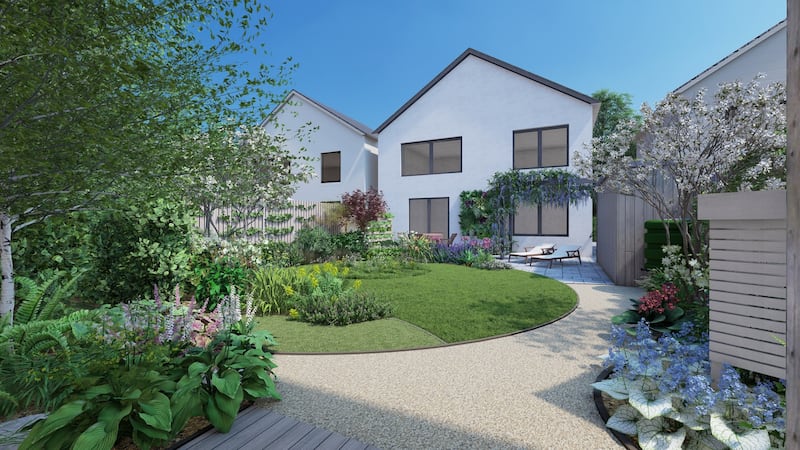
If well designed and skilfully executed, that beautiful bone structure will also be enduring, outliving fads and fashions in the same way that a classic piece of furniture or clothing does. The money you invest in good paving, for example, will repay you for many, many years to come. The same goes for an elegantly built retaining wall, garden gazebo, or a handsomely proportioned, well-designed flight of garden steps, all timeless elements of a garden’s design that help to give it an enduring sense of style.
READ MORE
Getting the design process right, however, requires thoughtful planning as well as an eye for detail. Play it too safe and you risk ending up with a bland, dull space lacking in charm and individuality. On the other hand, take too many risks and you can end up with a confusing mish-mash of elements that will never amount to much.
How to begin? The best way to start the process is with a thorough evaluation of the existing site. Make a list of the things you hate or want to change as well as those you want to keep. Take plenty of photos and measurements for reference, so that you can draw a roughly scaled drawing to work off. Plenty of useful apps have also become available in recent years that can make the design process a lot more accessible and intuitive, helping you to visualise how the finished garden will look. These include Home Design 3D Outdoor & Garden; Home Outside; and iScape, all of which are relatively user-friendly.
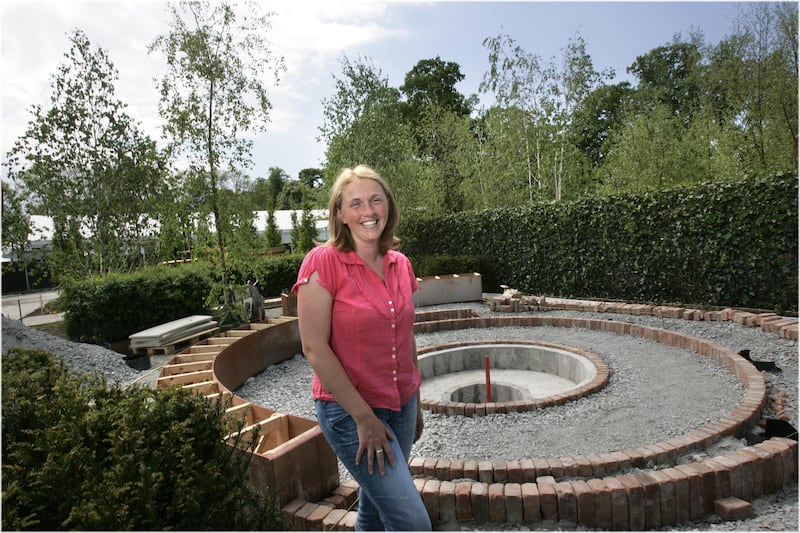
That said, no app will ever be a substitute for the bespoke approach that a talented, experienced garden designer or landscape architect will bring to the table, especially if they’re involved throughout the process from the initial site evaluation right through to the design, construction and planting of the finished garden.
As part of their job, an accomplished designer will carefully consider all the many disparate elements that can potentially affect the finished garden, from shade, exposure, drainage, soil type and microclimate to your budget, own individual style, the architecture of your house, the specific requirements of those who’ll be using it, compliance with planning regulations, and even how much time and money you want to spend on its maintenance in the years to come. They’ll also be able to help you to source and select the best quality and most sustainable materials for the build as well as to oversee its construction and subsequent maintenance. In this way you’ll avoid the common pitfalls and costly mistakes that are always going to be a risk when going it alone.
For the same reasons, even if you’re working within the confines of a small budget, I’d still highly recommend paying for a few hours of their expert advice in the early stages of the project. For a relatively small fee, many will be happy to make an initial site visit and provide a rough draft design that can then be used as the basis for the finished garden.
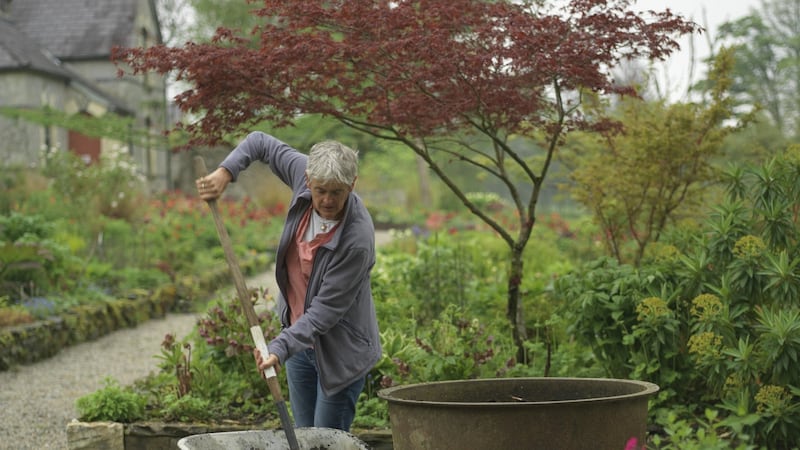
Where to find a designer? Many (but not all) are members of the Garden & Landscape Designers Association (GLDA), a countrywide professional association known for its rigorous standards (glda.ie). Many GLDA members are also past winners at Bloom and are experienced professional garden designers or landscape architects that can walk you through all stages of the process.
They include Tig Mays of Howbert & Mays, Patricia Tyrrell of Living Landscapes; Ingrid Smyth (the current president of GLDA), landscape architect Jane McCorkell, founder member Peter Stam (also owner of Stam Bamboos), and Verney Naylor, one of the longest-established garden designers working in Ireland.
Although many work countrywide, an interactive map on the association’s website will help you to find members based in the same region of the country and provides information on their qualifications as well as showcasing their work. As is the case in any area of design, GLDA members’ portfolios inevitably reflect a wide range of styles and specialities, so it’s important to home in on those that feel like the best fit for your garden.
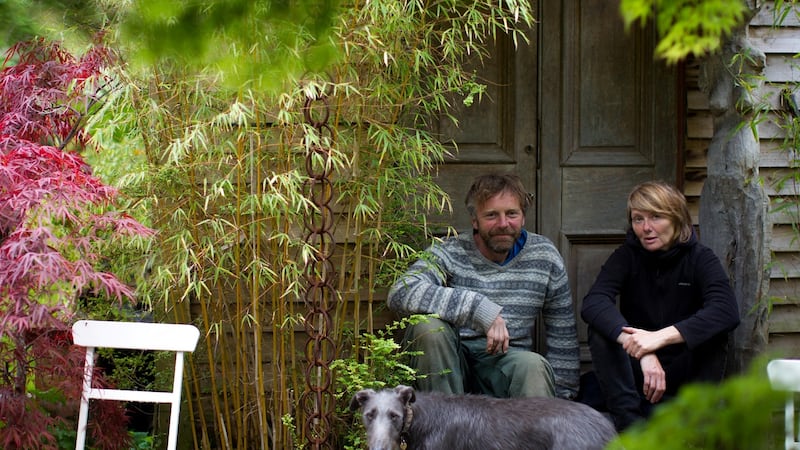
Over the years Bloom has also showcased the talents of other non-GLDA members, including the garden design duo Oliver and Liat Schurmann of Mount Venus Nursery (mountvenusnursery.com). Both trained in Germany and bring a very nature-based, plant-led aesthetic to their design work. The same can be said of Seamus O’Donnell, the Donegal-based plantsperson, garden designer and owner of Cluain na d’Tor nursery and gardens who specialises in coastal gardens (seasideplants.eu). Wicklow-based garden maker and nursery owner June Blake also offers a consultancy service specialising in the design and creation of planting plans that reflect her great horticultural knowledge and wonderful mastery of colour (juneblake.ie). Cavan-based designer Daphne Shackleton of Lakeview Gardens (daphneshackleton.com) and Wicklow-based Dominick Murphy of Murphy Sheanon (murphysheaonon.ie) are similarly known for their painterly, plant-led designs. Last but not least is the clutch of Irish garden designers who have won gold at the Chelsea Flower Show, a distinguished group that includes the Dundalk-born designer Paul Martin (paulmartindesigns.com); Wicklow-based Diarmuid Gavin (diarmuidgavindesigns.co.uk); Cork-based Valerie Keating Bond (urquharthunt.com); and the Wexford-based “reformed” landscape designer, author and environmentalist Mary Reynolds (marymary.ie).
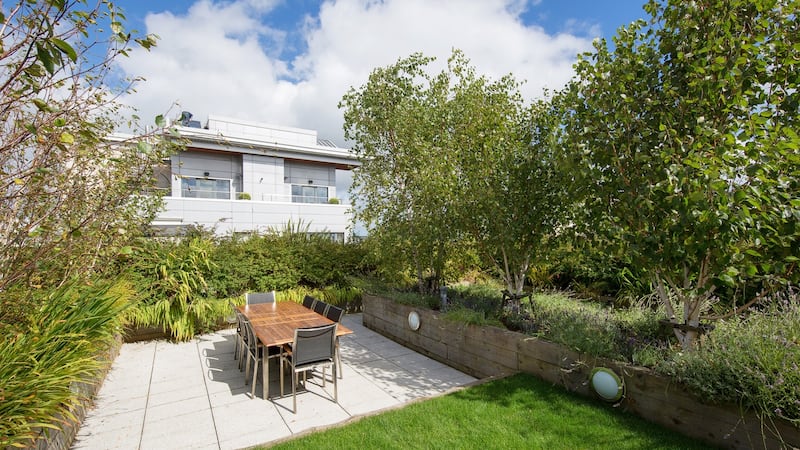
This week in the garden
Order onion, shallot and garlic bulbs to plant in the kitchen garden or allotment over the coming weeks. Recommended suppliers include mrmiddleton.com; quickcrop.ie and fruithillfarm.com. All the members of the onion family need a fertile but not recently manured, free-draining, weed-free soil in full sun. Planting into pre-cut holes in a weed membrane is a useful way to prevent the plants becoming overcome by weed growth next spring.
Unless your garden is a mild, sheltered one, it’s time to move tender plants such as argyranthemums, plectranthus, brugmansia, bedding fuchsias, bananas, and pelargoniums under cover of a glasshouse or polytunnel to protect them against the first killing frosts of autumn. Very tender varieties may also need to be swaddled in a protective layer of fleece and straw on very cold nights for additional protection. It’s also important to reduce watering of these tender species to an absolute minimum to help them to successfully overwinter.
Dates for your diary
The Walled Garden, Mutton Lane, Tibradden, Dublin, D16 R972: The last weekend of Mount Venus Nursery’s annual autumn sale, with a wide range of exceptional garden plants for sale at reduced prices. mountvenusnursery.com
Tuesday, October 3rd, 8pm: Carrigtwohill Community Hall, Main Street, Carrigtwohill, Co Cork, How to Grow and Arrange Your Own Cut Flowers Seasonally and Sustainably, a talk and practical demonstration by Fionnuala Fallon on behalf of Carrigtwohill Flower & Garden Club
October 14th-21st: The inaugural National Allotments & Community Gardens Week: Growing with Nature, a “weeklong celebration dedicated to recognising the invaluable role that allotments and community gardens play in our communities” will take place, with a variety of activities and events organised around the country to mark the occasion. cgireland.org
October 15th, 9.30am-4pm: Leitrim Flowers, Anamadu Fields, Kilmacross, Co Leitrim, How to Create Seasonal Arrangements, a one-day course on creating beautiful arrangements and wreaths using local, sustainably grown foliage and flowering bulbs. leitrimflowers.ie






















